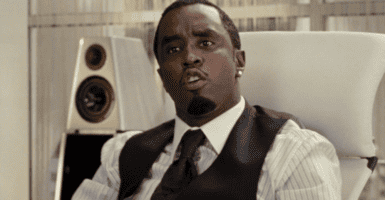Furiosa Performs Exactly Like Every Other Mad Max Movie
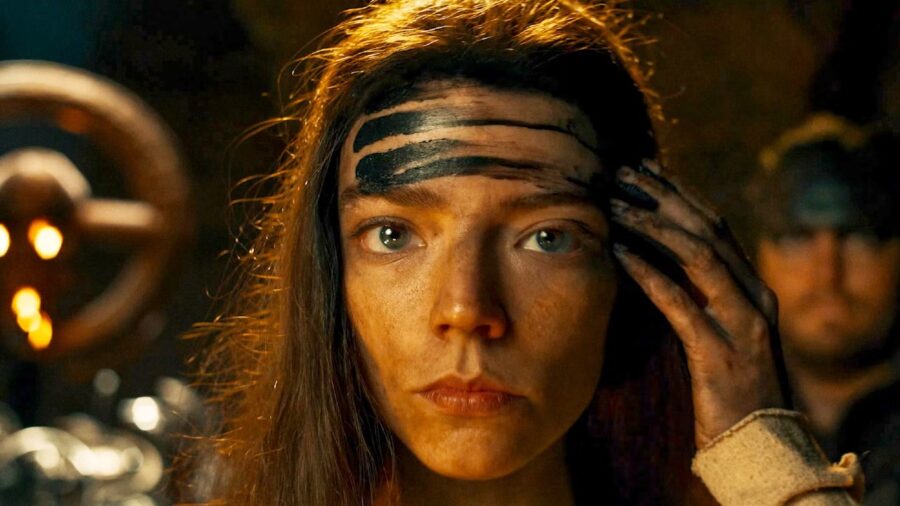
Furiosa: A Mad Max Saga isn’t doing the numbers everyone expected it to. Doomsayers are doubling down on the assumption that streaming has killed movie theaters, and while that might explain a decline in ticket sales overall, it’s not the reason Furiosa isn’t making more money. The truth is, Mad Max is not a blockbuster franchise.
Cultural Influence Isn’t Popularity
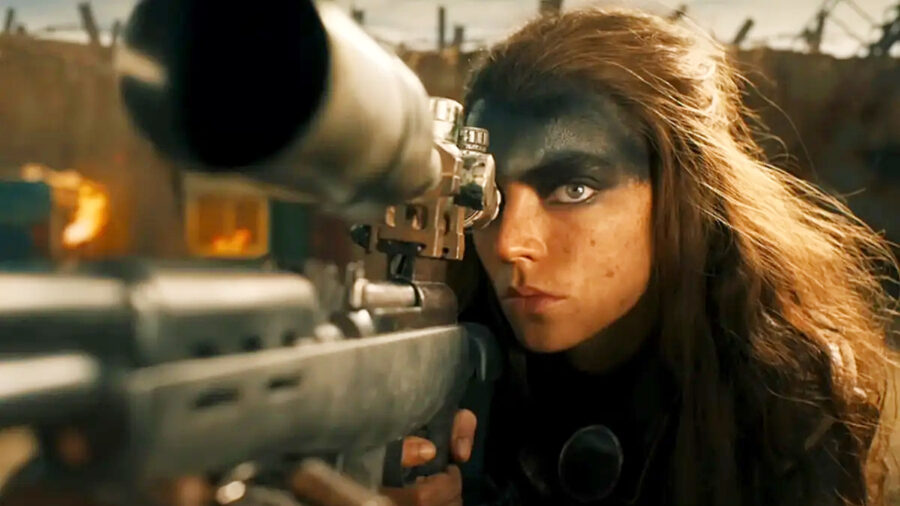
But how could that be? You can’t watch any movie set after Armageddon without seeing something inspired by The Road Warrior. Why isn’t Furiosa selling more tickets if everyone is familiar with and seems to like the Mad Max franchise?
People have a tendency to mistake cultural influence for popularity. Just because Furiosa and the Mad Max franchise as a whole have a sizable cult following doesn’t mean people will turn out in droves to watch the latest installment.
Blade Runner
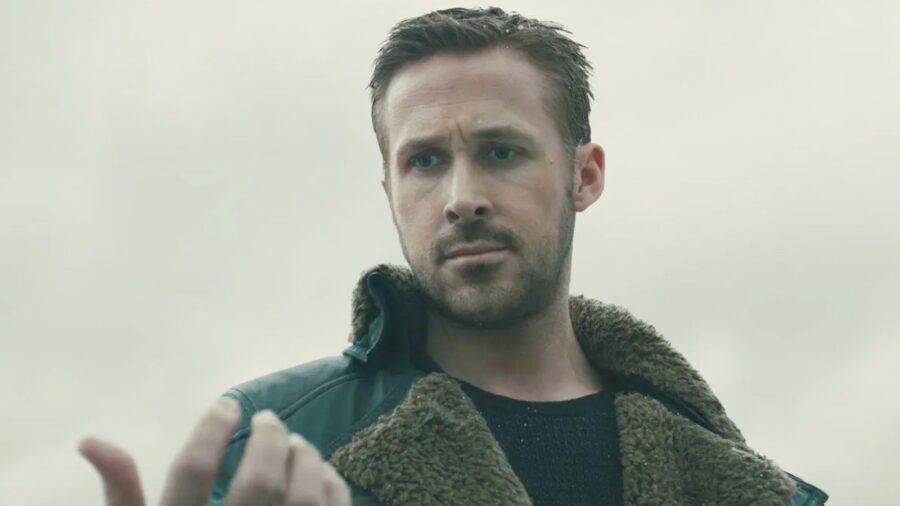
Take Blade Runner, for example. The film bombed at the box office when it first came out in 1982. Critics and audiences alike hated it.
But after 35 years of Blade Runner weaving its way into the very fabric of our culture through video sales and the like, somehow, Warner Bros. greenlit a sequel.
So Blade Runner 2049 comes out, and it isn’t the hit everyone expected. Suddenly, everyone is standing around making the confused Pikachu face and repeating Fred Willard’s catchphrase from A Mighty Wind, “Wha Happen?”
It’s the same with Furiosa and the Mad Max franchise. The original Mad Max probably came the closest to being a blockbuster, bringing in $100 million globally based on a $350,000 budget.
In the US, however, the movie made a little under $9 million at the box office. In comparison, the tenth highest-grossing movie of 1980, The Blues Brothers, brought in around $60 million domestically.
The Other Mad Max Movies Performed Similarly
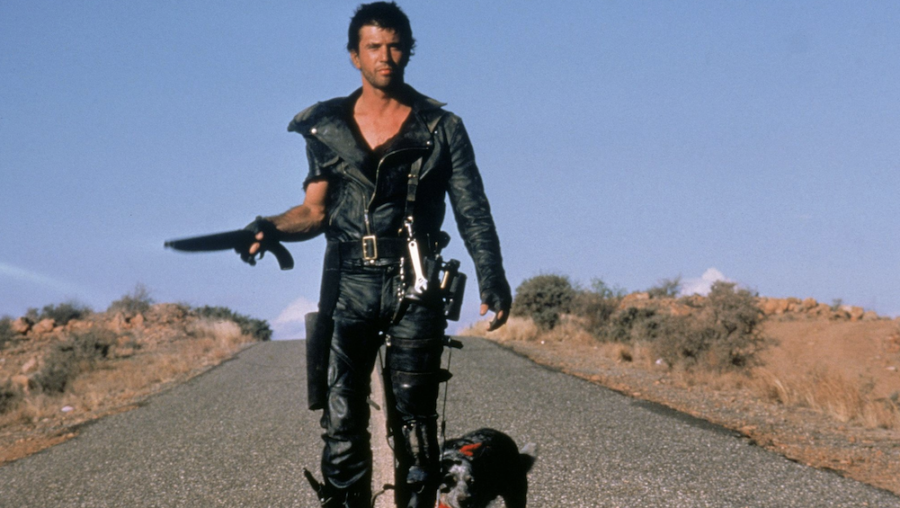
In 1982, The Road Warrior—arguably the most influential movie in the franchise—managed to snag a little over $23 million on a budget of $2 million. Not a bad haul by any stretch of the imagination.
But when we look at the very bottom of the top ten that year, Annie smokes the Road Warrior with a box office take just shy of $60 million. It’s starting to look like Furiosa is performing exactly like a Mad Max film should.
Mad Max Beyond Thunderdome actually outperformed The Road Warrior, with a box office haul of just over $36 million. But again, even by 1985 standards, that’s still not blockbuster numbers—not when Back to the Future is raking in $210.6 million domestically.
Fury Road
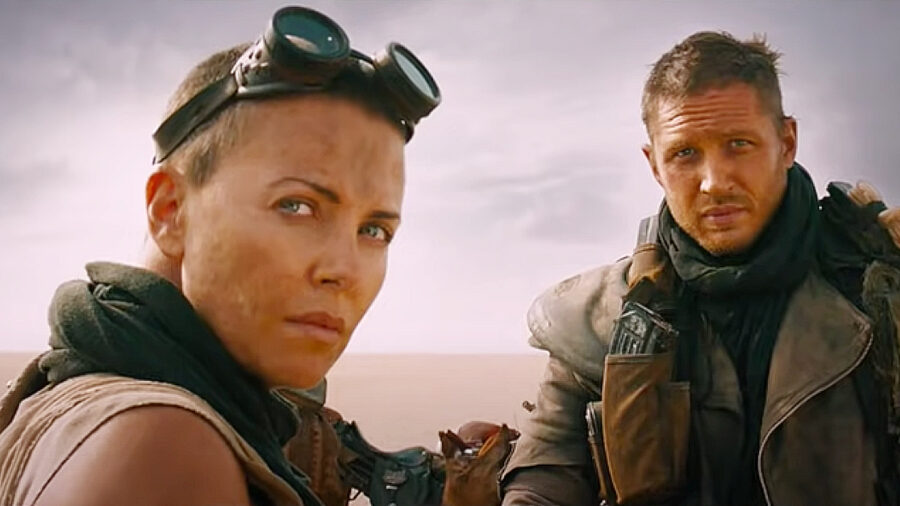
Even Fury Road, the movie that introduced Furiosa to the Mad Max franchise, didn’t do so hot in the theater.
Tom Hardy’s first outing as Max Rocketansky pulled in a respectable $370 million worldwide. Certainly nothing to sneeze at.
But then you have Star Wars: The Force Awakens cracking the $2 billion mark with Jurassic World right behind it, and it makes you wonder why everyone is so shocked at Furiosa: A Mad Max Saga‘s box office.
It’s not like the movie is even doing that badly. Furiosa: A Mad Max Saga has grossed $114 million so far against a $60 million budget. Even factoring in advertising, it’s pretty clear that the movie will turn a profit.
But film critics and fans have been treating Fury Road like the second coming of the messiah for the last ten years, resulting in everyone assuming that Furiosa was going to break box-office records.
The Movies Are Great, They Just Aren’t Blockbusters
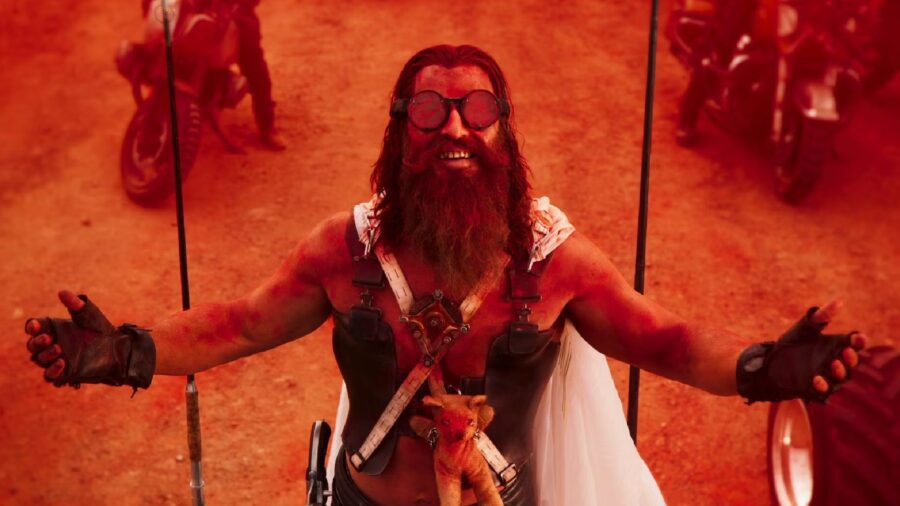
Furiosa: A Mad Max Saga is a victim of its own hype but in a unique way.
When most films are overhyped, it means that critics and fans oversold a not-so-bad movie as some kind of masterpiece. See The Phantom Menace and the above-mentioned Jurrasic World.
Furiosa—and the rest of the Mad Max franchise, for that matter—is just as good as critics and fans are making it out to be.
It’s the franchise’s popularity that’s overhyped. At the end of the day Furiosa underperforming at the box office isn’t because streaming has killed movie theaters—yet—but because Mad Max simply isn’t a blockbuster franchise.
